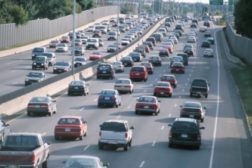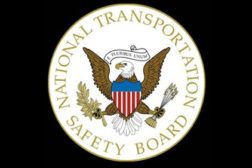Home » Keywords: » alcohol
Items Tagged with 'alcohol'
ARTICLES
Who we are determines what we eat - in U.S., anyway
U.S. has five distinct eating patterns, researchers say
March 14, 2012
Never miss the latest news and trends driving the safety industry
eNewsletter | Website | eMagazine
JOIN TODAYCopyright ©2024. All Rights Reserved BNP Media.
Design, CMS, Hosting & Web Development :: ePublishing






